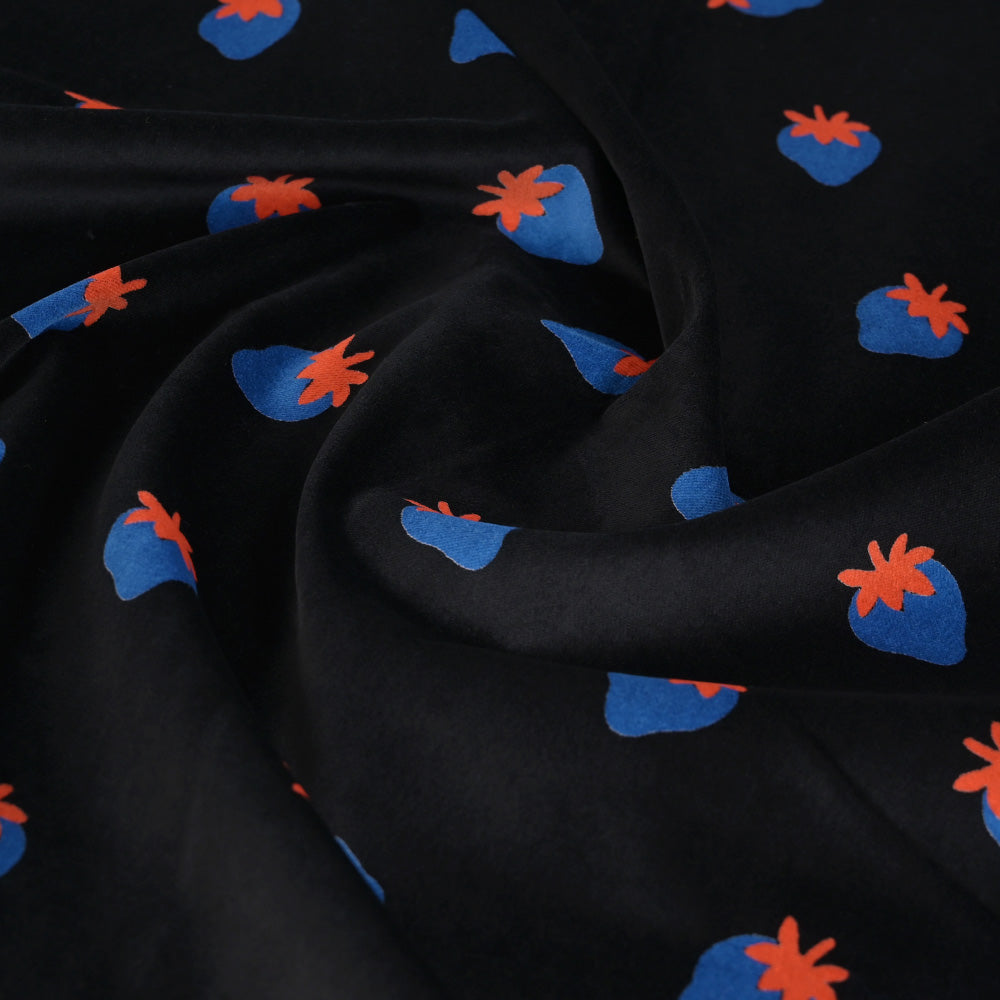
THE GAP BETWEEN SUSTAINABILITY AND FAST-FASHION
Until the 18th century, making clothes was a time-consuming and complex process. This means that to make a piece of clothing, it was necessary to have access to fabrics and materials and to know how to manipulate them, and that cost time and money.
However, since the Industrial Revolution, in 1790, the making clothes process became more and more simple and automatic. The invention of sewing machines, for example, was instrumental in accelerating the manufacture of garments and made it possible for clothes to be produced at a greater speed and quantity.
The concept of Fast-Fashion emerged years later, in the 1990s, with stores like Zara and H&M.
Fast-Fashion brought some benefits to the market, such as greater profitability, the creation of jobs and the democratization of fashion products, through its affordable cost. However, it also brought relevant social and environmental impacts and generated a major change in consumption habits.
It is known that the culture of Fast Fashion encouraged the impulsive and disposable purchase of garments and the production of clothes in third world countries for very low production costs, which gave rise to very low wages and abusive work regimes.
At an environmental level, Fast-Fashion clothing is known to contribute to the contamination of supply chains as many of the materials used cannot be reused nor are they biodegradable. And, according to Forbes magazine, the clothing industry is the second most polluting in the world, as it is responsible for about 10% of all the world's carbon.
Thus, it is possible to understand why Fast-fashion and Sustainability cannot coexist in the same space, nor in the same piece of clothing. However, there are already several movements and actions that are already being put in place to avoid this trend. Examples of this are:
- Fast-Fashion brands currently produce more “sustainable” differentiated lines, even though there is a lack of information for the final consumer on where, how and who produced the garment;
- Creation of the Fashion Revolution Movement: this movement emerged in 2013, through a global council of sustainable fashion industry leaders and aims to raise awareness and educate the final consumer about the worrying environmental and social impacts of the current fashion context, through lectures, workshops, film screenings, held all over the world and generally of free access.
- Creation of the Slow Fashion movement, which prioritizes the use of recyclable materials and organic fabrics in the production of garments, as well as transparency in the way they are made. This movement intends to make fashion a cyclical process, and not a finite one, as it is known today.


